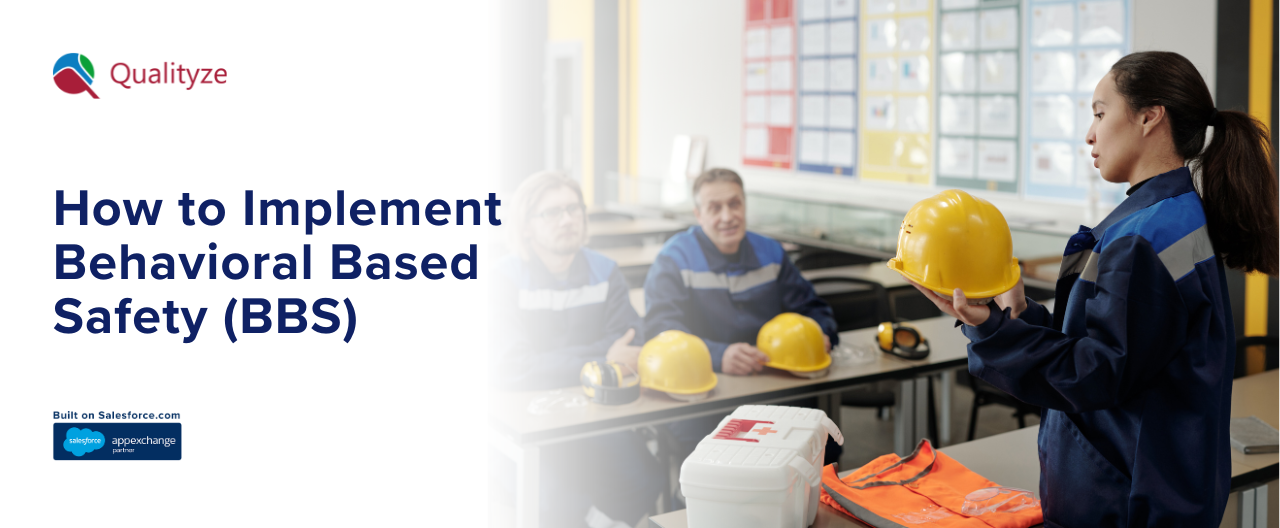
How to Implement Behavioural Based Safety (BBS): Best Guide
Workplace accidents rarely happen because of equipment failure—they happen because of behaviors. That’s where Behavioral Based Safety (BBS) steps in...
Traditional safety measures reduce risks, but without employee safety engagement, they remain i...

What Is Compliance Training and Why Is It Important?
Compliance Training is the official process of training employees in the laws, rules, and internal regulations that govern their job activities and the general business operations. It's a due diligence mechanism, aimed at making sure that all individ...
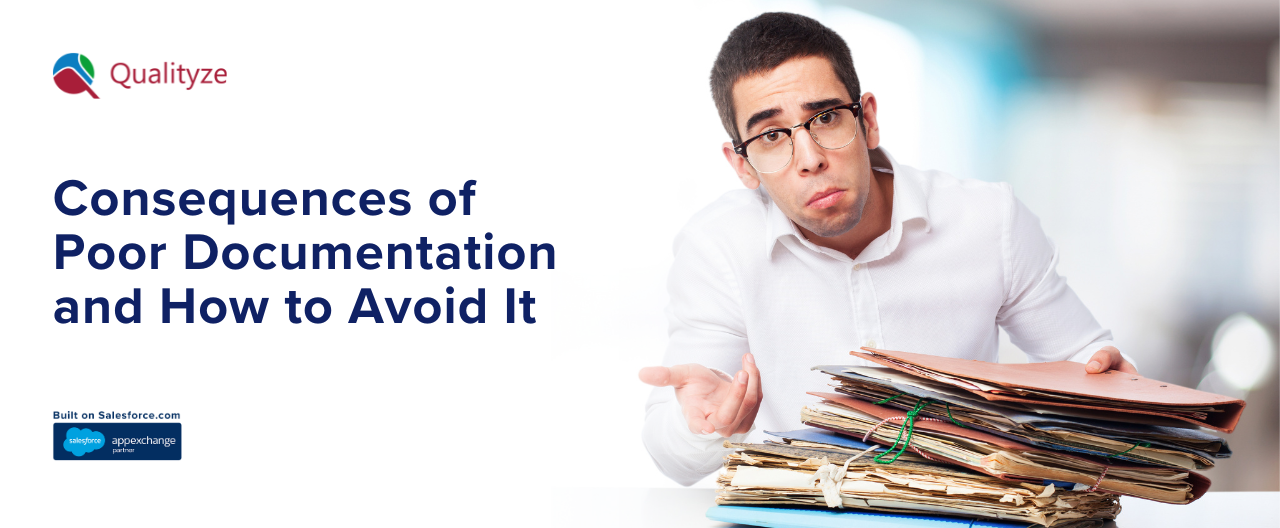
The Impact of Poor Documentation and Best Ways to Avoid It
In businesses where compliance, quality, and safety will break or make an operation, documentation is the string that holds it all together. It's not so much about making records—as much as it's about making evidence. Each entry in a logbook, each ve...
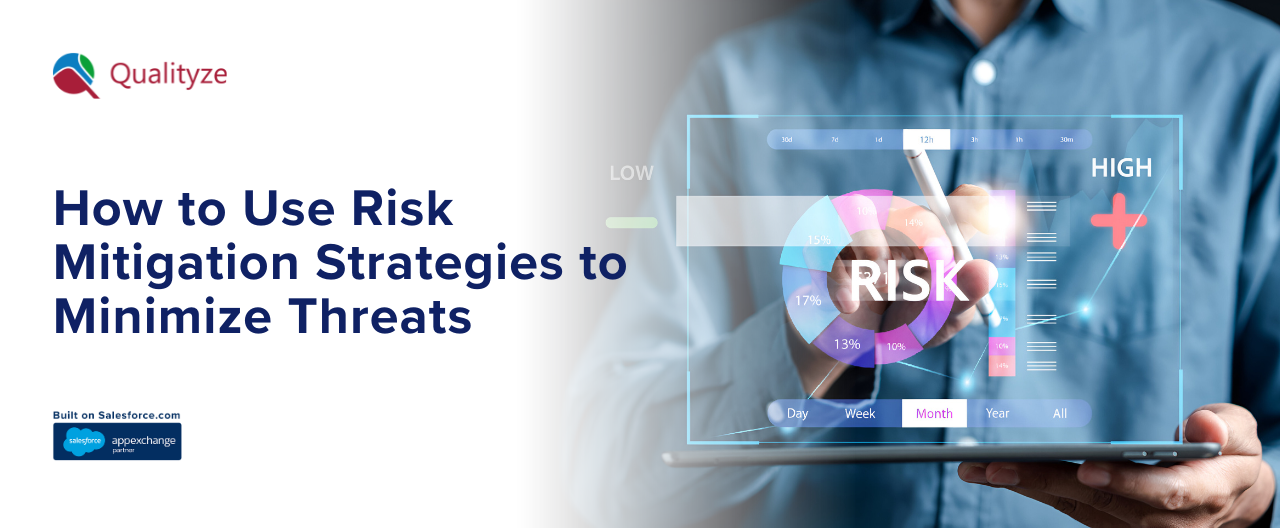
How to Use Risk Mitigation Strategies to Minimize Threats
Risk never fully disappears—but with the right playbook, you can shrink it from “headline-making” to “handled.” This guide shows you how to spot threats early, choose the right mitigation moves, and prove your controls actually work.
Understandin...

Equipment Maintenance: What It Is & Why It's So Important
Equipment management doesn't typically make the headlines, but it's what makes factories produce, hospitals run, and airlines fly on time. Without maintenance, even the most advanced systems will grind to a halt. The interesting thing is that mainten...
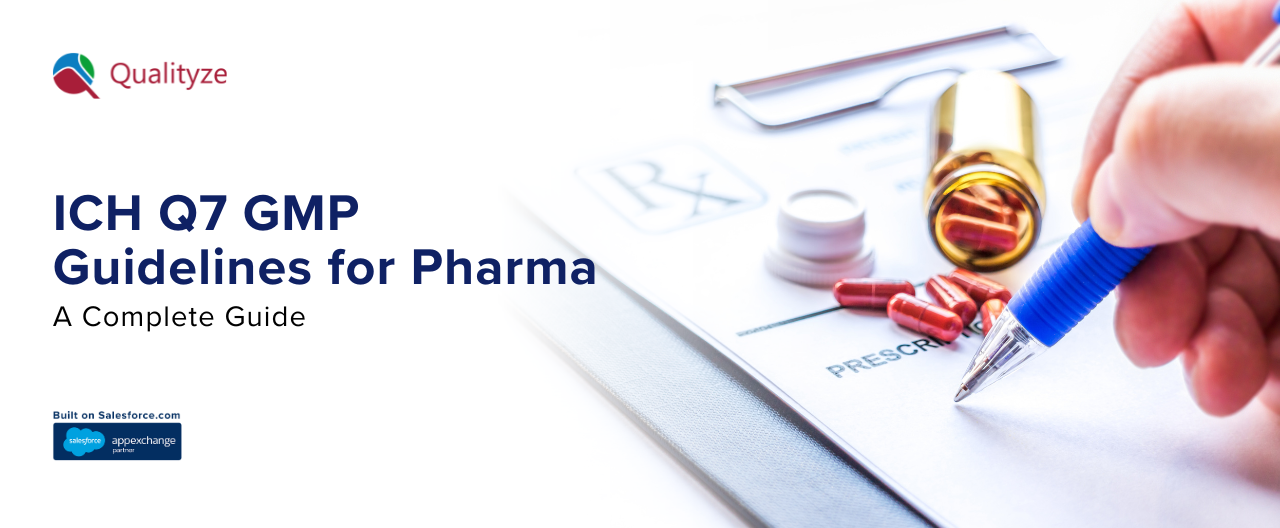
ICH Q7 GMP Guidelines for Pharma: A Complete Guide
ICH Q7 is the globally harmonized Good Manufacturing Practice (GMP) guideline for Active Pharmaceutical Ingredients (APIs). Published by the International Council for Harmonization, it sets a common baseline for how APIs should be developed, manufact...
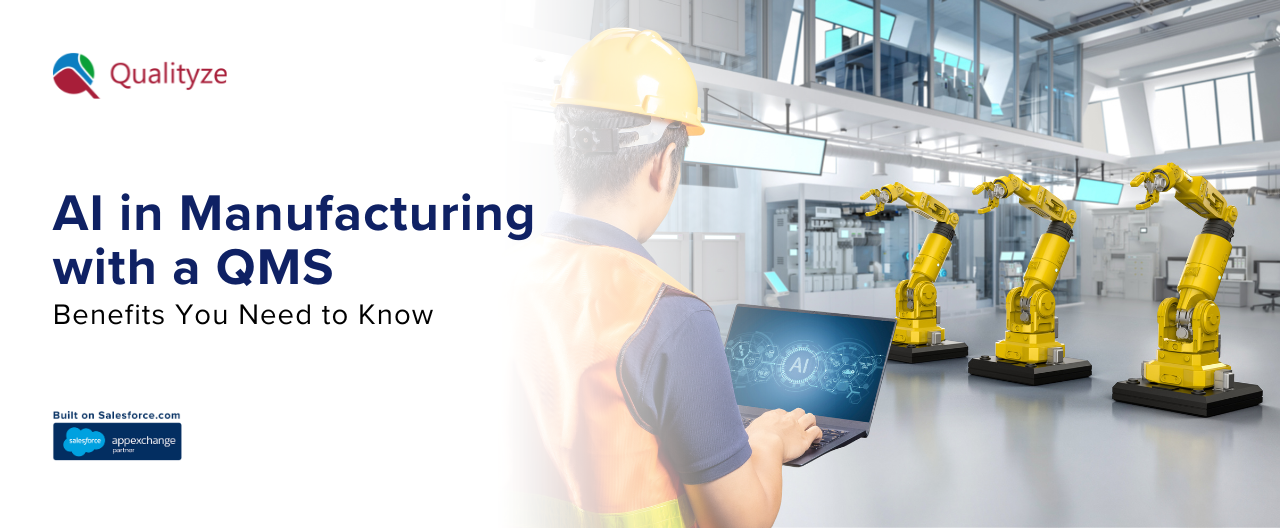
How AI in Manufacturing with QMS Improves Quality & Compliance
Manufacturing generates massive amounts of operational data each minute — machine sensors, inspection cameras, operator entries, environmental readings, supplier data — yet most organizations have not traditionally converted that data into timely, ac...

Conformance vs Nonconformance Costs: Key Difference Explained
When companies consider "quality," it's usually in the context of compliance, inspections, or customer demands. But in the background, quality is also a function of costs—spent to keep it and lost when it falls behind. Here's where Cost of Conformanc...

Risk Appetite and Risk Tolerance In Pharma Industry: Best Guide
This blog is a simple guide that breaks down these two powerful concepts in straightforward terms, showing how pharma companies can set clear boundaries for risk-taking and make smarter, more confident choices. Whether you’re a quality leader, compli...
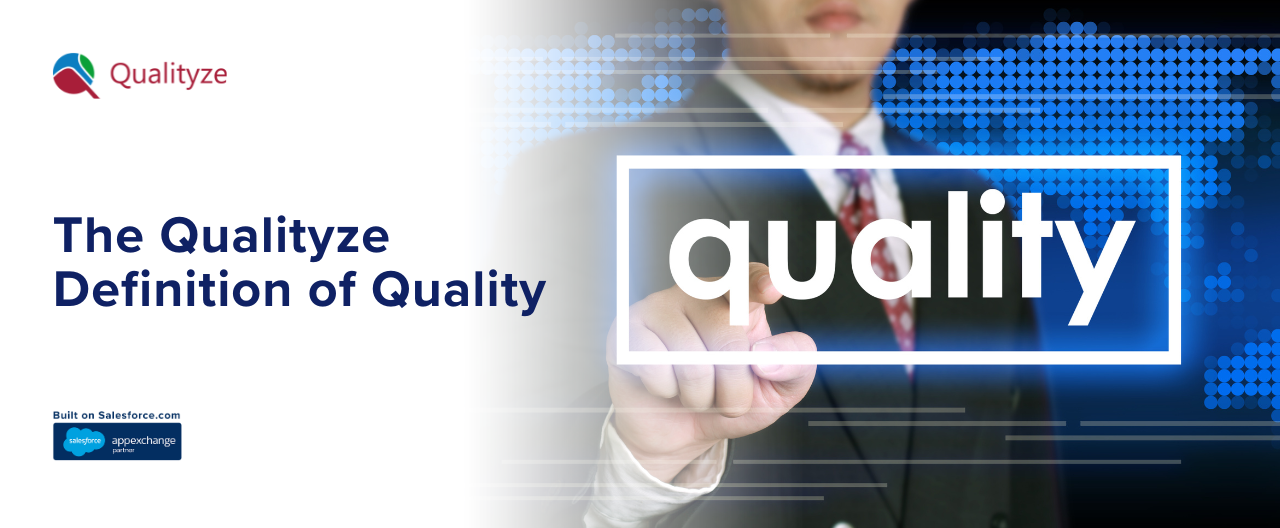
The Qualityze Definition of Quality
When you hear the word quality, what do you think of? Maybe a perfect product that works exactly as you expected, comprises industry-grade ingredients, or something that passed through all the necessary quality checks for your safety. For a lot of pe...
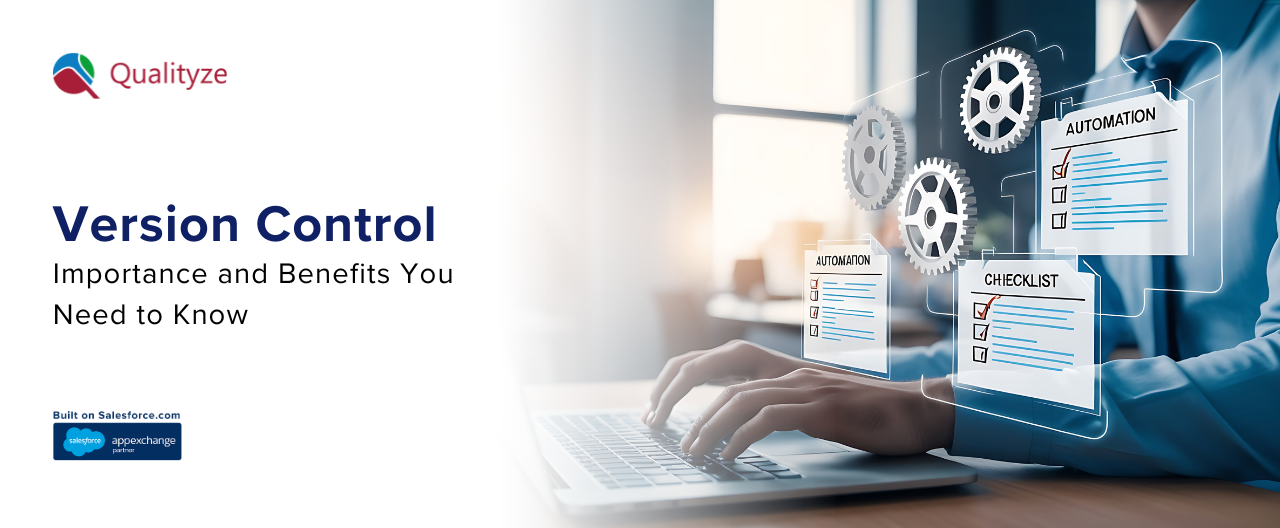
Version Control: Importance and Benefits You Need to Know
We believe version control is the quiet backbone of quality—when everyone works from the right version, everything else (compliance, speed, audits) just clicks.
Think about the last time you opened three copies of the same SOP and didn’t know whi...

How to Report on Non-Conformities (NCs) for Improvement
Each organization, however well-established its processes are, is faced with times when things don't go just the way one wanted. Such variations—termed non-conformities (NCs)—are more than just something to correct; they're precious indicators that p...
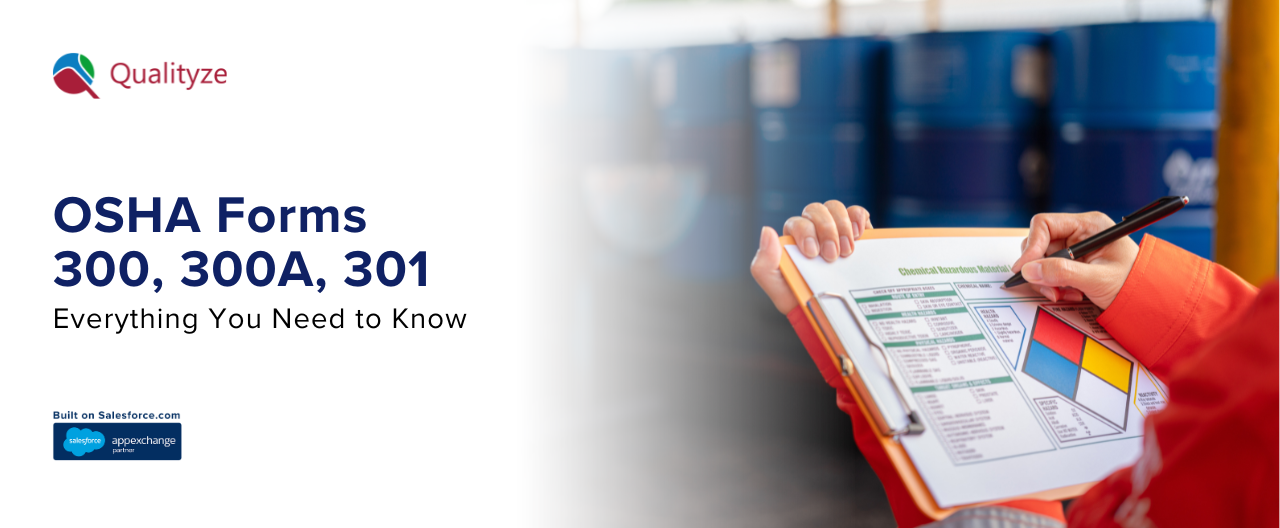
OSHA Forms 300, 300A, 301: Everything You Need to Know
A clear, no-nonsense guide to OSHA’s injury and illness trio—Form 301 (the incident story), Form 300 (the running log), and Form 300A (the annual summary). We’ll spell out what goes where, who must keep it, and how to avoid the classic mistakes that ...

Medical Device Regulatory Affairs: What You Need to Know
Regulatory affairs (RA) is the discipline that gets safe, effective medical devices to patients—legally. It connects product teams, quality systems, and regulators so devices meet the rules before launch and keep meeting them afterward. Done well, RA...

Quality Improvement in Healthcare: Why Is It Important?
In healthcare, quality is not something we want in addition—it's the essence of safe, effective, and compassionate care. That's why there's quality improvement (QI). In simple terms, QI in healthcare is all about a systematic effort to better patient...
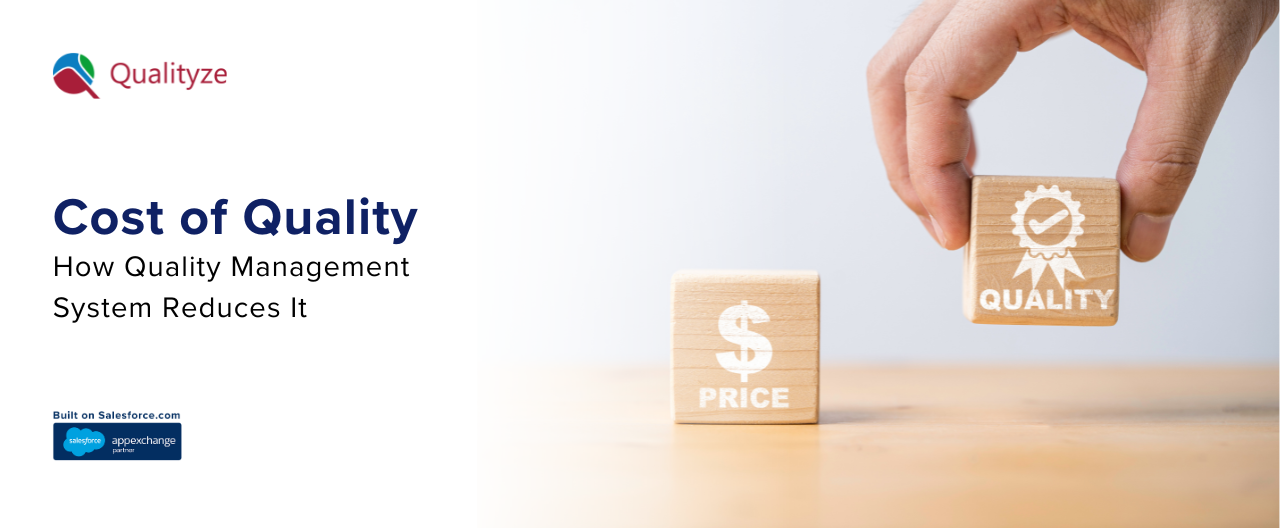
Cost of Quality: How Quality Management System Reduces It
Quality comes at a cost, whether companies are aware of it or not. Each choice—from training staff to dealing with a customer complaint—incurs a cost associated with quality. The idea behind Cost of Quality (CoQ) is to bring light to bear on those co...
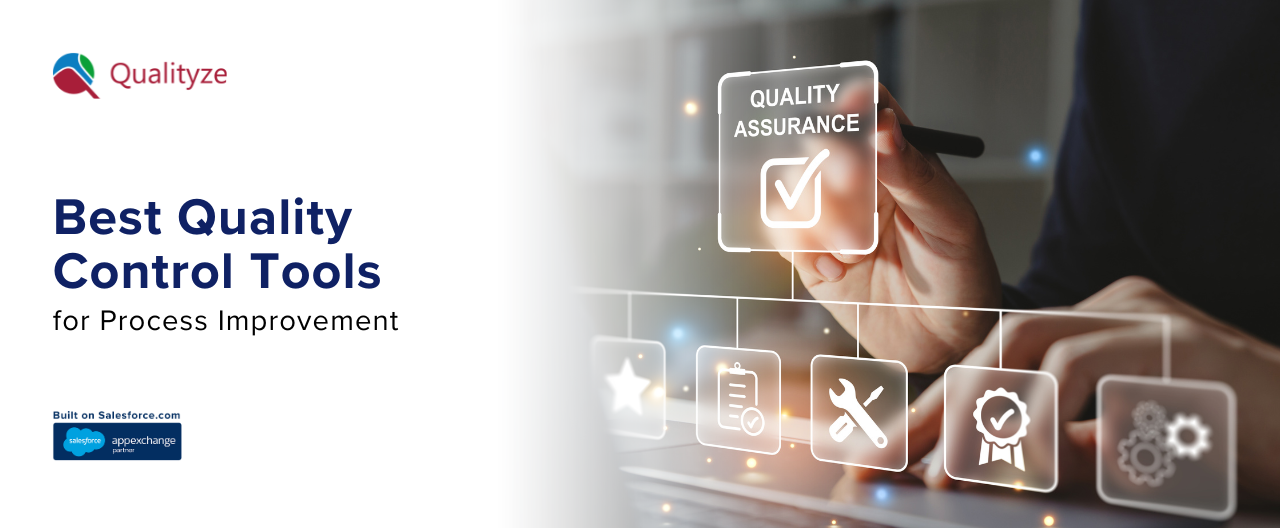
The 7 Best Quality Control Tools for Process Improvement
Improving processes, of course, is all about fixing what isn't right. But identifying what's not right isn't always the hardest part—understanding why it's not right and how to set it right is. That's where quality control (QC) tools come into the pi...
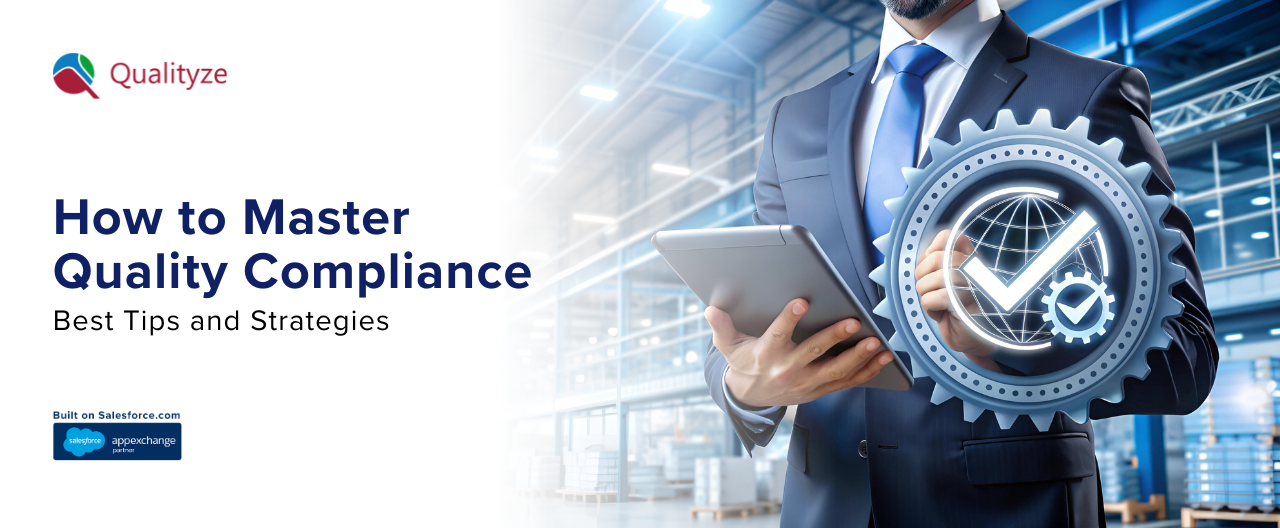
How to Master Quality Compliance: Best Tips and Strategies
Quality compliance isn't simply a checkbox on a formality list—it's the foundation of trust in industries like pharmaceuticals, healthcare, manufacturing, and food production. Compliance with quality is, at its heart, ensuring every process, product,...
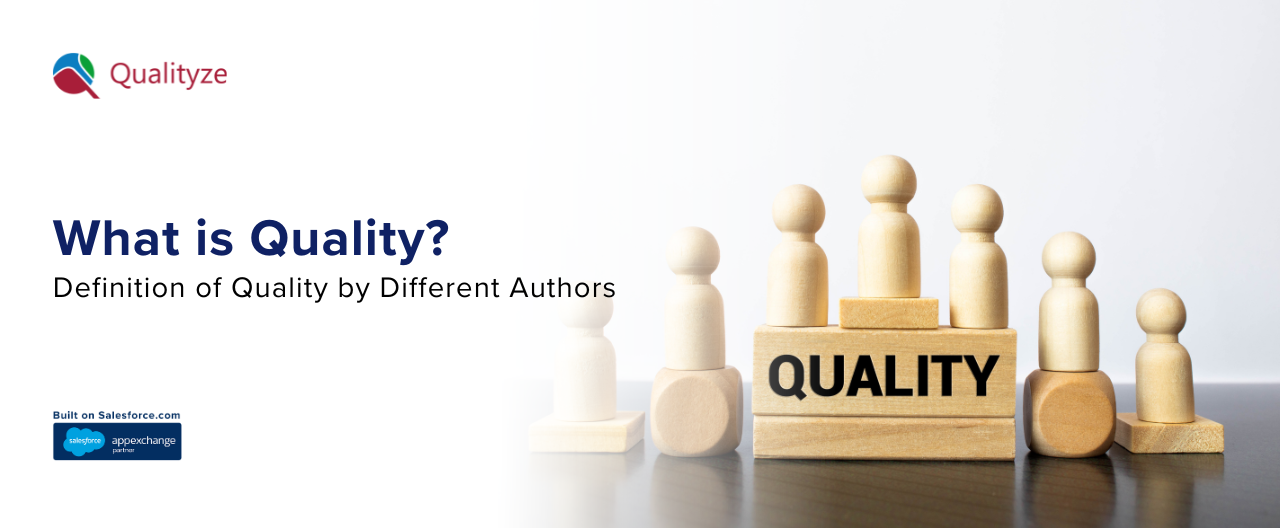
Quality Defined: Views from Different Authors
Defining "quality" has never been straightforward. It seems like an easy word, but as soon as you attempt to lay your hands on it, you realize how fleeting it is. Quality to one is doing just enough to qualify; quality to another is surpassing expect...
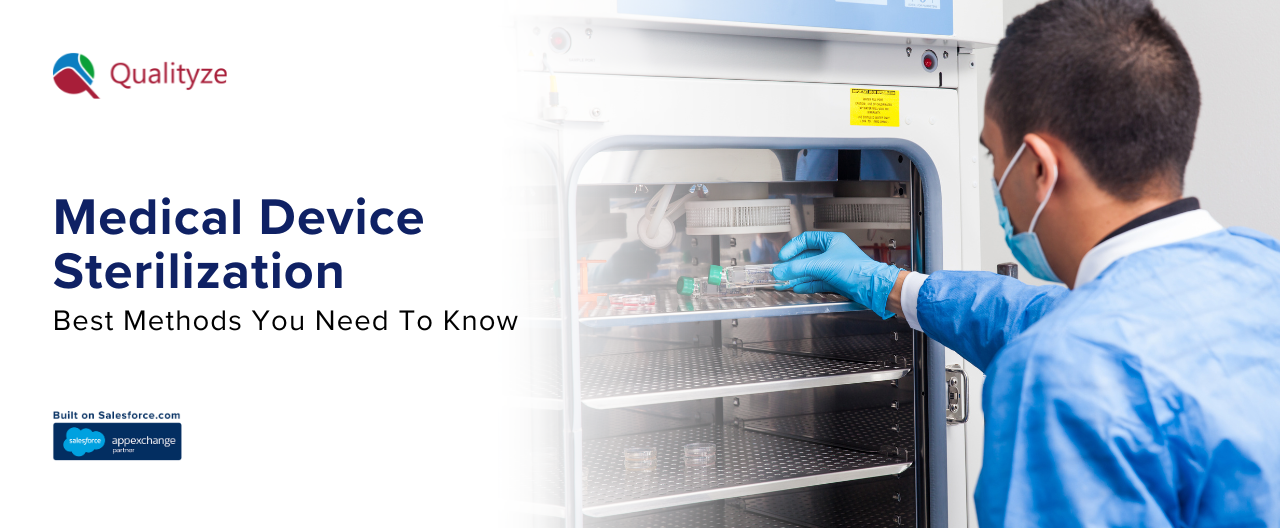
Medical Device Sterilization: Best Methods You Need To Know
Sterilization is the line between safe care and avoidable risk. Pick the wrong method and you can warp materials, leave survivors (hello, bioburden), or slow your release cycle. Pick the right one and you hit your sterility assurance level (SAL), pro...

What is Sectoral Risk Assessment & Why It's Important?
A sectoral risk assessment helps businesses pinpoint industry-specific vulnerabilities, align with compliance standards, and build resilience. This blog offers a clear framework tailored for regulated sectors. Want tailored guidance? Request a demo t...

Best Quality Assurance Certifications (Beginners & Advanced)
The Best Quality Assurance Certifications validate skills, strengthen careers, and drive compliance in the QMS industry. Whether beginner or advanced, certifications unlock opportunities. Start your certification journey with Qualityze today!
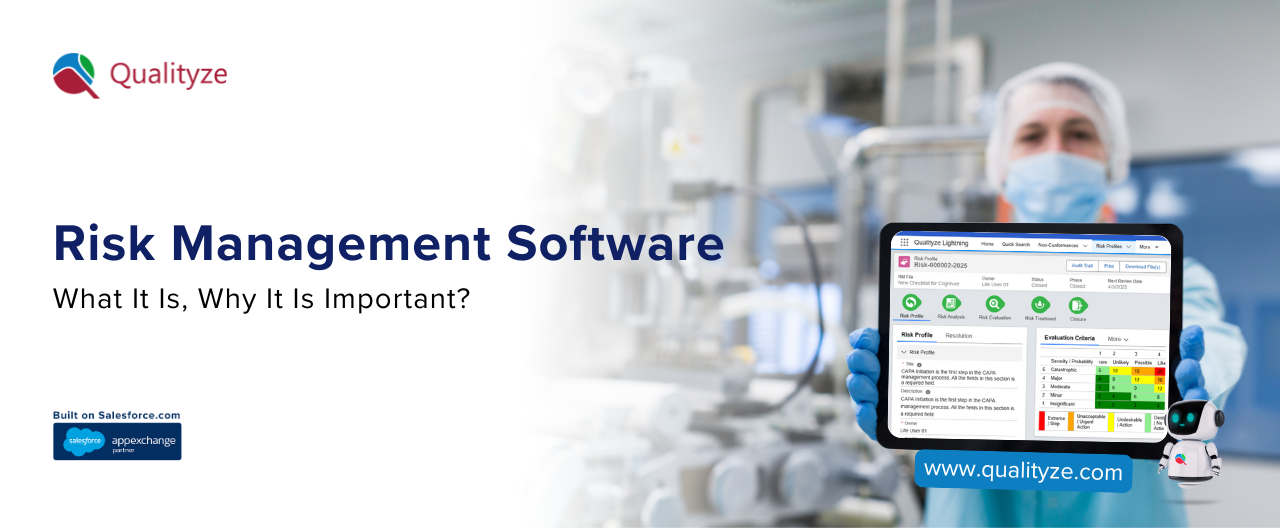
Risk Management Software: What It Is, Why It Is Important?
From audits to CAPA traceability, risk management software transforms governance into a proactive system. Discover how it accelerates compliance. Learn more and request your customized demo now.
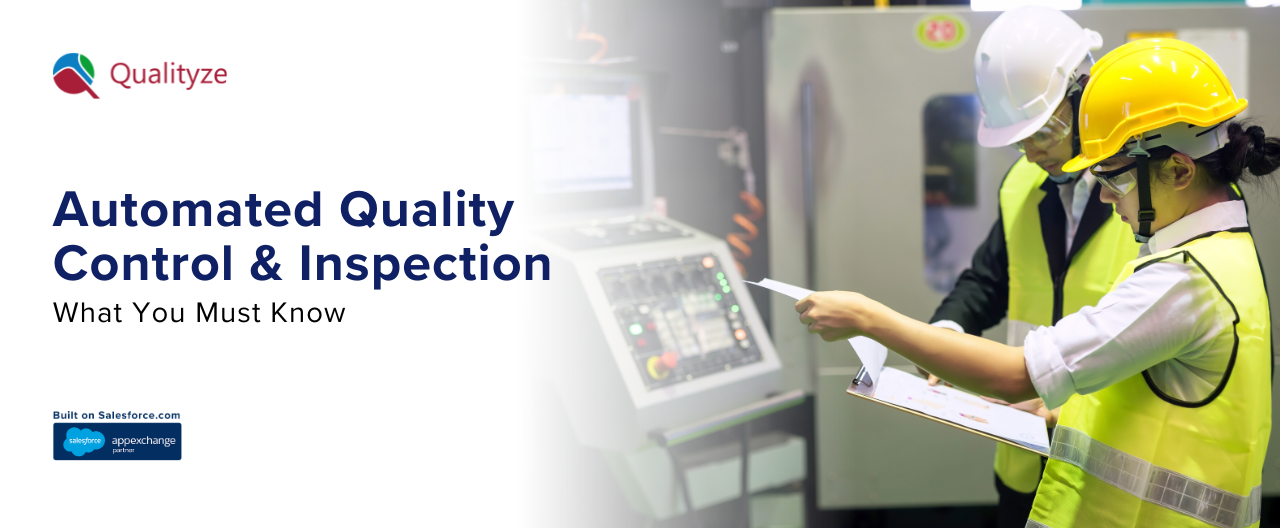
Automated Quality Control & Inspection: What You Must Know
Future-ready enterprises choose Automated Quality Control & Inspection for precision and compliance. Leverage digital quality systems to outperform—get your demo today.
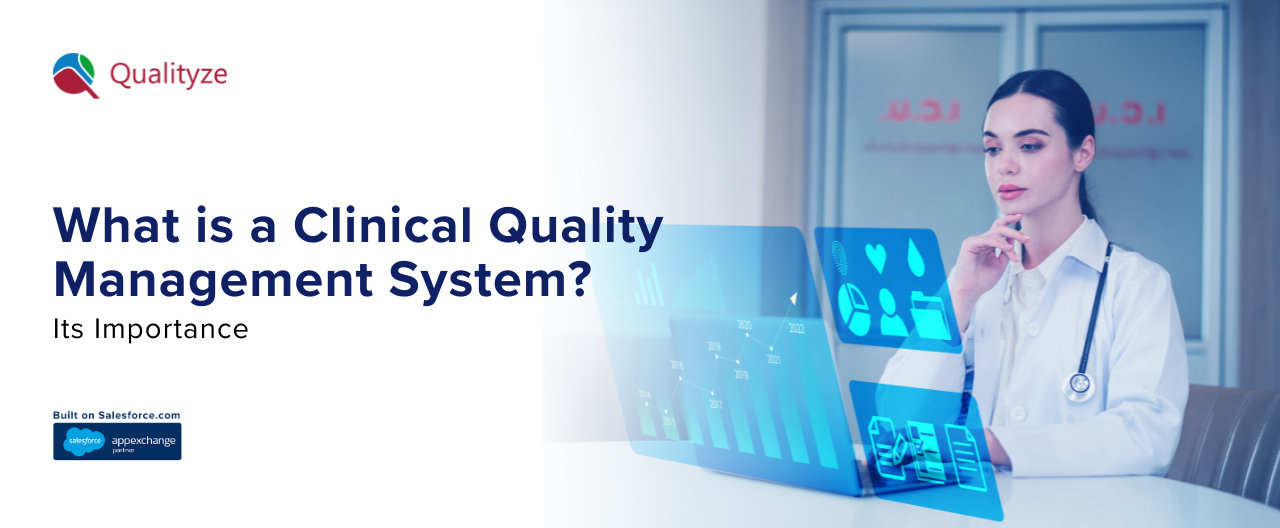
What is a Clinical Quality Management System? Its Importance
When we say clinical trials, everyone visualizes doctors, patients, and new innovative treatments. But behind all this is a whole system operating behind the scenes to ensure everything goes smoothly and that it is done ethically—the Clinical Quality...

AI Compliance: What It Is, Its Importance, How to Get Started
Artificial Intelligence isn't only driving your Netflix suggestions or assisting Alexa in playing your song—it's now making decisions that touch actual lives. Consider hiring, credit selections, medical diagnoses, or even criminal sentencing. That's ...
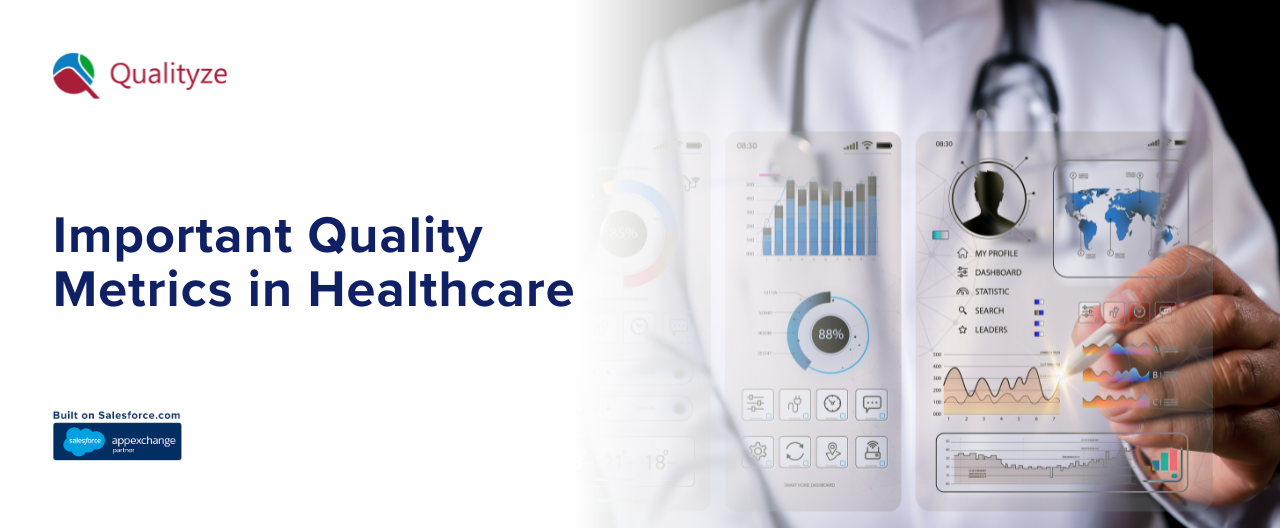
Important Quality Metrics in Healthcare You Need to Track
Health care is a fast-changing industry, and while innovation is exciting, consistency is what ultimately saves lives. Quality measures are a common language for caregivers, regulators, and patients, so everyone is on the same page when it comes to k...
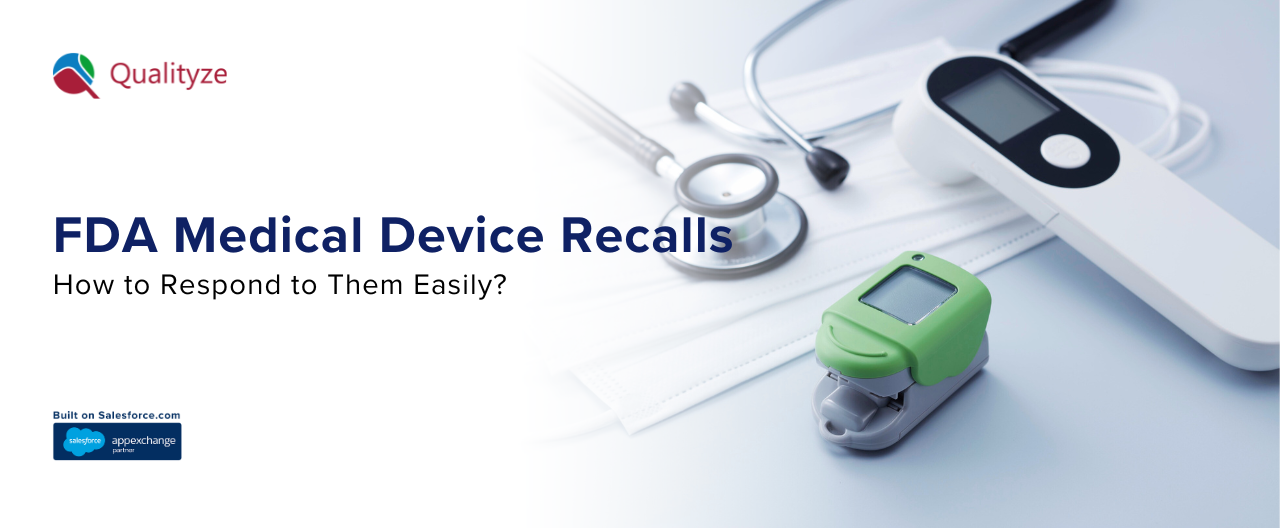
FDA Medical Device Recalls: How to Respond to Them Easily?
When a medical device recall hits, minutes matter. And lately, there are more of them. Industry tracking shows U.S. medical device recall events rose about 8.6% in 2024 (from 975 to 1,059), with impacted units jumping ~55% to ~440 million—the highest...

Governance Risk and Compliance (GRC): What You Need to Know
GRC is not some new business acronym—it's a mindset. GRC merely connects business objectives, ethical behavior, and risk management in one framework. Rather than being locked away in discrete silos, organizations are provided one playbook that keeps ...

Zero Defect Manufacturing: How to Achieve It Effortlessly?
The most expensive defect is the one you find last.
It ships. It boomerangs. It dents profits, trust, and your weekend.
Most plants fight fires. Rework piles up. Teams hustle. Dashboards glow red. Yet the root cause hides in plain sight—gaps in ...





























